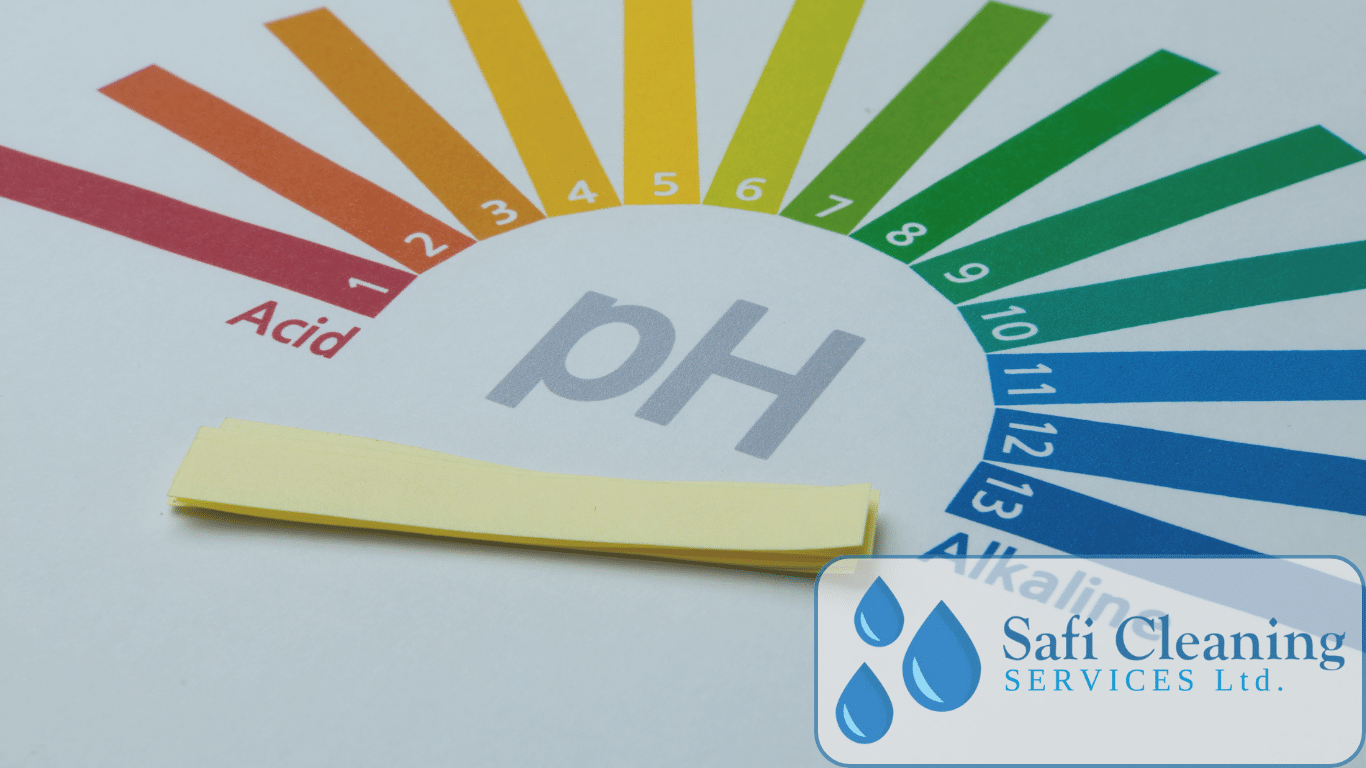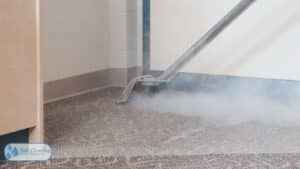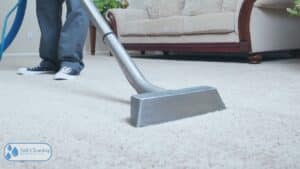Introduction
Understanding the pH scale is crucial when it comes to selecting the right cleaning solutions. The pH level indicates how acidic or alkaline a substance is, with lower pH values being more acidic and higher values more alkaline. Though we may not think about it often, many cleaning tasks require acidic or alkaline solutions to be truly effective. Knowing which pH range to use allows us to tackle stains and soils head-on.
The pH scale, ranging from 0-14, provides vital information about the properties of various cleaning agents. Acidic solutions, with pH levels below 7, work well on mineral deposits and hard water stains. Alkaline solutions, with pH levels above 7, excel at cutting through grease, oils, and organic matter. Selecting the proper pH ensures cleaning products can work their magic.
With the right pH knowledge, we can conquer all kinds of cleaning challenges. Acidic toilet bowl cleaners help eliminate lime and rust buildup. Alkaline oven cleaners penetrate and dissolve cooked-on grease. Neutral floor cleaners work well for everyday cleaning and are gentle on surfaces. The diverse applications of the pH scale allow cleaners to be customised for specific needs.
Understanding pH empowers us to make informed choices when tackling stains or soils. With the proper solutions, we can wave goodbye to stuck-on gunk and restore surfaces to their former glory. This blog will explore the ins and outs of the pH scale so you can take your cleaning game to the next level. Let’s dive in and decode this fundamental yet fascinating aspect of cleaning chemistry.
What is the pH Scale?
The pH scale measures the acidity or alkalinity of a solution. It ranges from 0 to 14, with 0 representing the most acidic, 7 being neutral, and 14 being the most alkaline or basic.
pH stands for “potential of hydrogen” and refers to the concentration of hydrogen ions (H+) in a substance. Acids are proton donors that increase the concentration of hydrogen ions. Bases are proton acceptors that decrease the concentration of hydrogen ions. The more hydrogen ions in a solution, the lower the pH; the fewer hydrogen ions, the higher the pH.
Acidity and Alkalinity on the pH Scale
On the pH scale:
- Solutions with a pH less than 7 are acidic
- Solutions with a pH greater than 7 are alkaline, or basic
- Solutions with a pH of exactly 7 are neutral
Each whole pH value below 7 is ten times more acidic than the next higher value. For example, a pH of 4 is ten times more acidic than a pH of 5 and 100 times more acidic than a pH of 6.
Examples of pH Levels
Here are the approximate pH levels of some common substances:
- Battery acid: 0
- Lemon juice: 2
- Vinegar: 3
- Tomatoes: 4
- Black coffee: 5
- Milk: 6.5
- Pure water: 7
- Baking soda: 8
- Ammonia: 11
- Bleach: 13
As you can see, acids fall on the 0-6 range while bases are in the 8-14 range. Everyday foods, drinks and household products can be acidic, neutral or alkaline.
Understanding the pH scale allows us to monitor acidity levels and use the right solutions for cleaning, disinfecting, food preparation and more. In later sections, we’ll explore how pH affects cleaning and how to select products based on their pH.
Acidic Cleaning Solutions
Acidic cleaners work by dissolving mineral deposits and stains. They are highly effective at removing hard water stains, calcium deposits, limescale buildup, soap scum, and other inorganic residues. This is because acids chemically react with the alkaline minerals, breaking them down so they can be rinsed away. Some common acidic cleaners include:
- Vinegar – Vinegar contains acetic acid and has a pH of around 2-3. It works well for cleaning windows, removing hard water stains, and descaling appliances.
- Citric acid – Found in citrus fruits, citric acid has a pH of about 2. It provides a deeper clean than vinegar for tough lime and calcium deposits.
- Phosphoric acid – With a pH around 2-3, phosphoric acid is effective at dissolving rust and mineral deposits. It is commonly found in toilet bowl cleaners.
- Hydrochloric acid – Also known as muriatic acid, hydrochloric acid has a very low pH of around 1. It is useful for cleaning concrete, masonry, and pools.
While acidic cleaners are very effective on inorganic stains, they must be used with caution as they can damage certain surfaces. Acids should be avoided on natural stone, grout, wood, and aluminium. It’s also important to follow safety precautions like wearing gloves and avoiding mixing acids with other cleaners. After using an acidic cleaner, surfaces should be rinsed thoroughly with water.
When to Use Acidic Cleaners
Here are some of the most common situations where acidic cleaners can be beneficial:
- Removing hard water stains from glass, ceramic tile, and plastics
- Cleaning soap scum and hard water deposits from bathtubs and showers
- Descaling electric kettles, coffee makers and other appliances
- Cleaning and brightening grout between tiles
- Removing rust stains from porcelain sinks and toilets
- Cleaning mineral deposits and limescale from faucets and showerheads
Precautions When Using Acids
When working with acidic cleaners, keep these safety guidelines in mind:
- Wear protective gloves, goggles, and clothing to avoid skin and eye contact
- Never mix acids with bleach or ammonia – this produces toxic fumes
- Use acids in a well-ventilated area
- Rinse surfaces thoroughly after use to avoid damage
- Store acids securely in their original containers
- Follow all manufacturer’s instructions for proper usage and dilution
By understanding how to use acidic cleaners appropriately, you can harness their cleaning power safely and effectively. Just be sure to test on an inconspicuous area first and take necessary precautions.
Alkaline Cleaning Solutions
Alkaline cleaners are formulated with a high pH to effectively tackle grease, oil, fats, and other organic soils. The alkaline ingredients like sodium hydroxide or potassium hydroxide work to saponify fatty acids and emulsify soils. This allows the soils to be lifted and rinsed away during cleaning.
There are different levels of alkaline cleaners depending on the strength needed:
- Light duty alkaline cleaners have a pH of 8-10 and are suitable for general degreasing tasks.
- Medium duty alkaline cleaners with a pH of 10-12 are useful on moderately difficult grease and oil.
- Heavy duty alkaline degreasers with a pH over 12 can cut through baked-on grease and oils.
When choosing an alkaline cleaner, it’s important to match the cleaner strength to the soil load. Using a heavy duty degreaser on a light soil could lead to etching or discoloration on sensitive surfaces. Milder alkaline cleaners are gentler and can be used more freely on a variety of materials.
Alkaline cleaners shine for degreasing engines, industrial equipment, commercial kitchens, and other areas with oil and grease buildup. For example, an alkaline cleaner would be ideal for degreasing a commercial oven hood caked in grease or cleaning the floor of an auto garage.
While alkaline cleaners are very effective on organic soils, care should be taken on soft metals like aluminium which are prone to corrosion and etching from the high pH. Proper rinsing is also key to avoid residue buildup.
Safely Using Alkaline Cleaners
When working with alkaline cleaners, proper safety gear like gloves and eye protection should be used. Avoid skin and eye contact, and make sure the area is well-ventilated.
It’s also important to follow the proper dilution instructions based on the cleaner concentration. Starting with too high of a concentration can lead to damage on sensitive surfaces.
With some care taken to match the cleaner strength to the cleaning task, alkaline cleaners are invaluable for cutting through tough grease and restoring dirty surfaces back to a clean state.
How to Use the pH Scale for Cleaning Solutions
Selecting the right cleaning product for the job often comes down to understanding pH levels. Here are some tips for using the pH scale to your advantage:
Match the Cleaner’s pH to the Stain
As a general rule, acidic cleaners with lower pH work best on inorganic stains like rust and mineral deposits. Alkaline cleaners with higher pH are ideal for breaking down organic stains like oils, greases, and proteins. Consult the cleaner’s label to find the pH level and match it accordingly.
Test Surface pH Beforehand
Use pH test strips to determine the pH of the surface you plan to clean. This helps avoid accidentally damaging the material with the wrong pH cleaner. For example, acidic cleaners can damage alkaline surfaces like marble.
Dilute Cleaners According to Water pH
The mineral content in water affects its pH. Soft water is more acidic while hard water is more alkaline. When diluting cleaners, adjust ratios based on your water pH to achieve the target pH. Add less cleaner to acidic soft water and more to alkaline hard water.
Observe Cleaner Effectiveness
Perform tests to see how pH impacts results. Clean identical stains with both high and low pH solutions. The better performer is the more suitable pH for that stain type. This demonstrates why pH understanding is key for cleaning success.
With knowledge of the pH scale, you can make informed selections from your cleaning chemical arsenal. Matching cleaner pH to stain pH is a science that takes experience, but mastery will elevate your cleaning effectiveness to the next level.
Conclusion – Mastering the pH Scale for Effective Cleaning
We’ve covered a lot of ground in this exploration of pH levels and their impact on cleaning solutions. By now, it should be clear just how important it is to understand where a cleaner falls on the pH scale before putting it to work.
To recap, acidic cleaners with lower pH levels work well on mineral deposits, rust stains, and buildup from hard water. They help dissolve and loosen those types of soils. On the flip side, alkaline cleaners with higher pH levels are ideal for breaking down organic messes like oils, greases, fats, and proteins. The higher the pH, the more powerful the grease-cutting ability.
When it comes to real-world cleaning, keep in mind that pH isn’t the only factor. The surfactants and other ingredients in a cleaner also influence how well it works. But the pH level provides a good starting point for choosing the right products for specific cleaning challenges.
Understanding the pH scale provides a major advantage when tackling all kinds of cleaning problems. Unlock the science of pH and you’ll be well on your way to cleaning mastery in no time.




